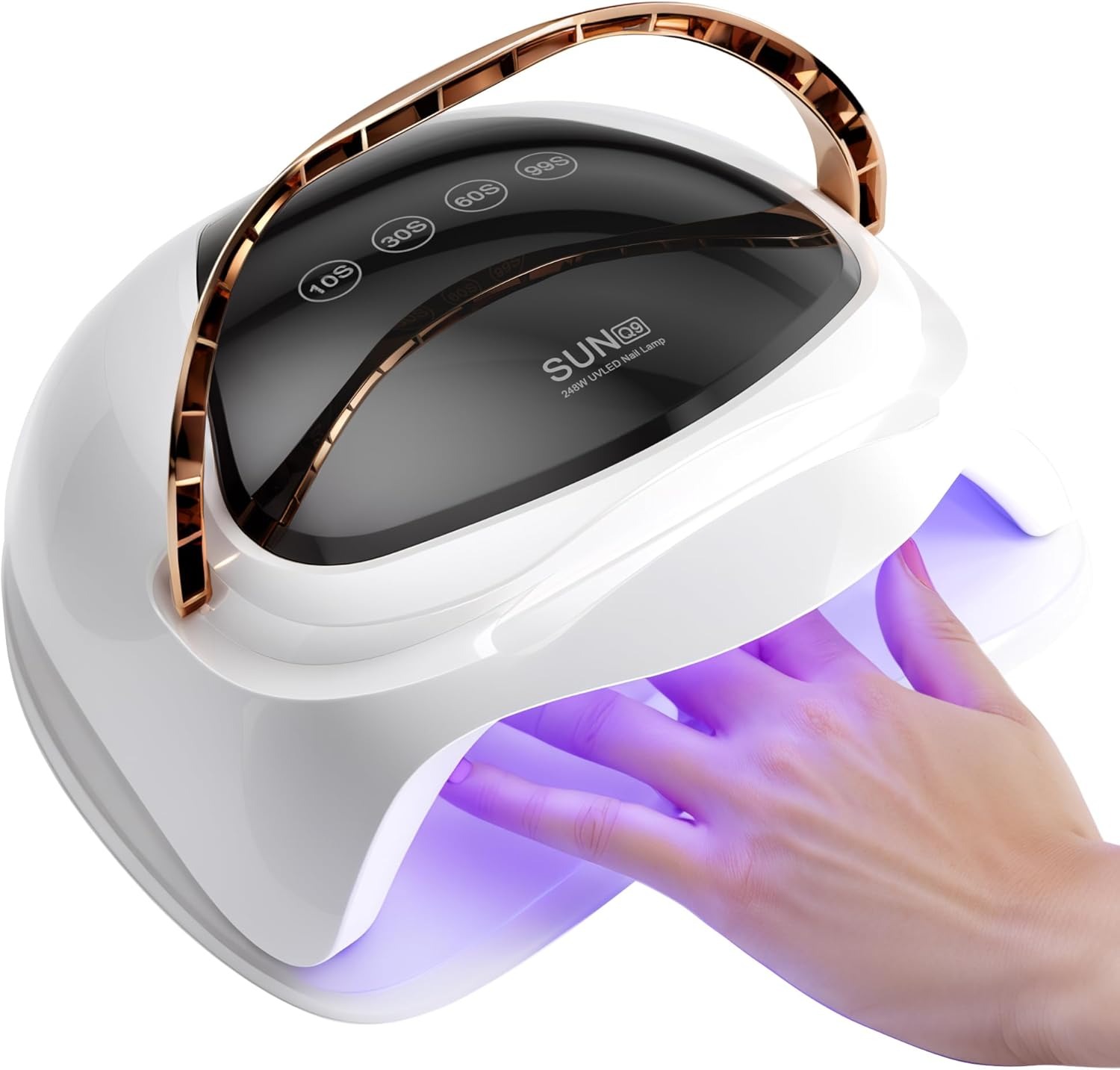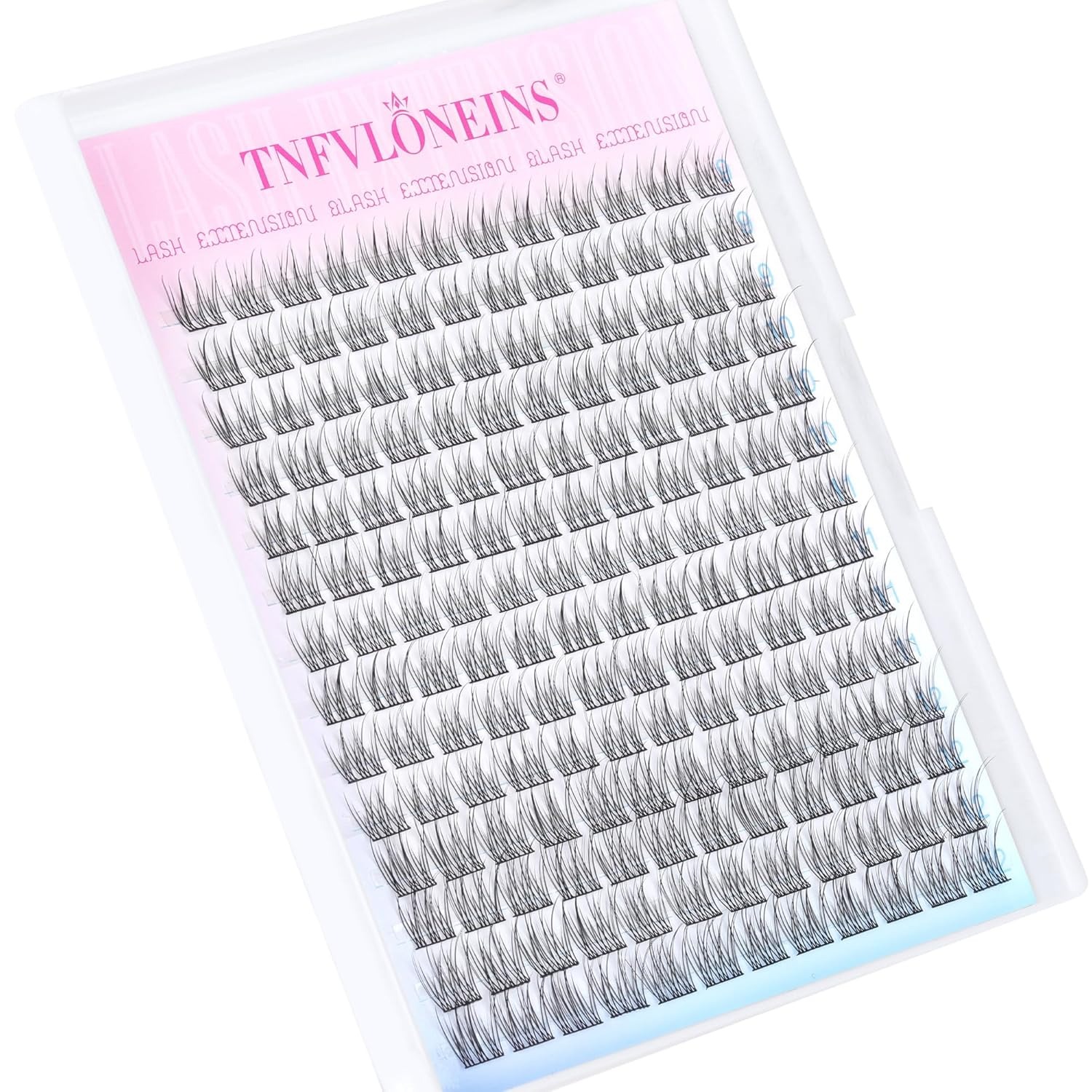When it comes to maintaining beautiful nails, the right nail polish remover plays a crucial role. But is nail polish remover acetone the only option available? Understanding the differences between acetone and non-acetone removers can help you make informed choices for your nail care routine. This comprehensive guide explores various aspects of nail polish removers, ensuring you select the best formula for your needs.
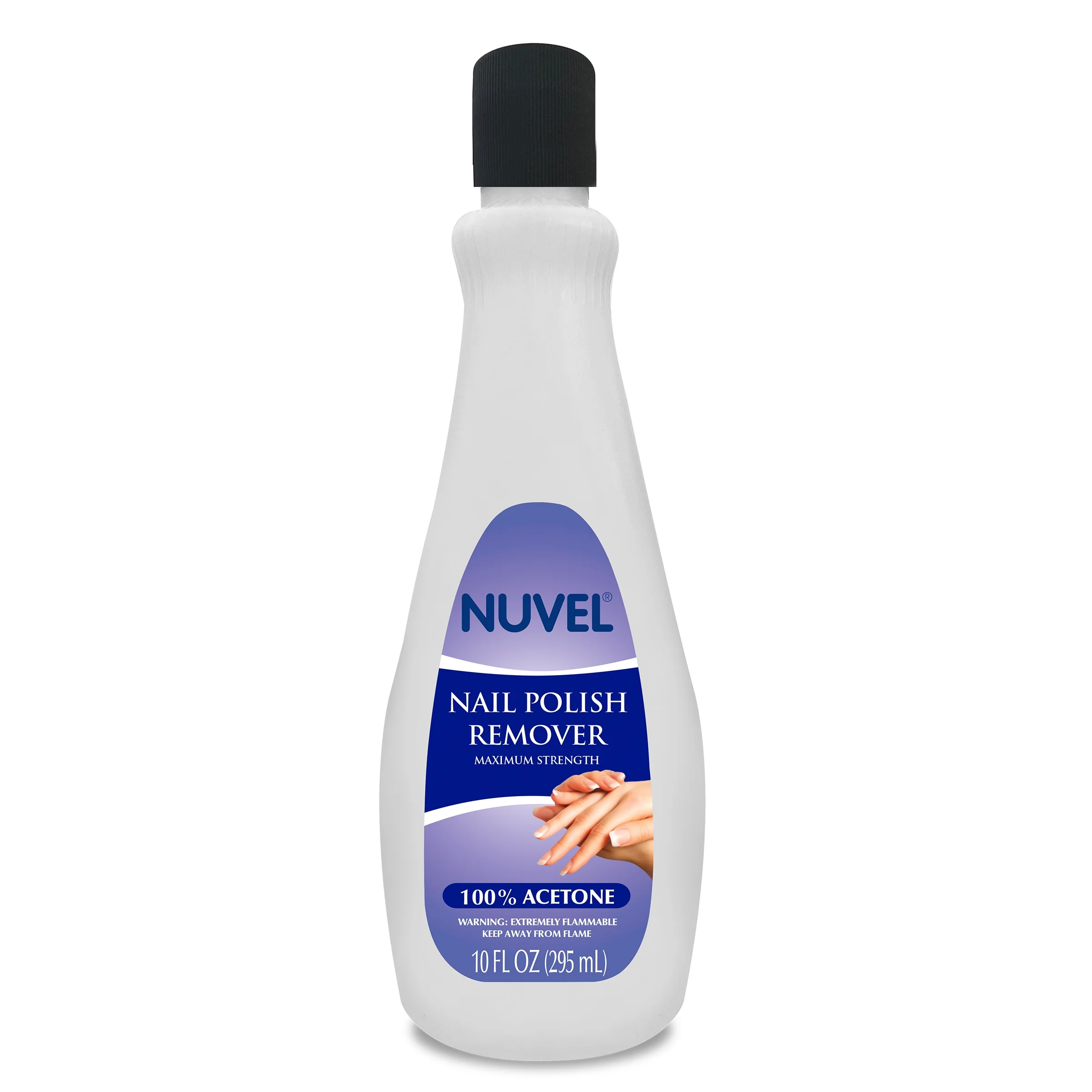 Acetone vs. Non-Acetone Remover: Which Harms Your Nails Less?
Acetone vs. Non-Acetone Remover: Which Harms Your Nails Less?
Choosing between acetone and non-acetone nail polish removers often raises concerns about nail health. Let’s delve into the specifics to determine which option is gentler on your nails.
Understanding Acetone Removers
Acetone is a powerful solvent commonly found in many nail polish removers. It effectively dissolves nail polish, making the removal process swift and efficient. However, its strength comes with potential drawbacks:
- Drying Effect: Acetone can strip natural oils from your nails, leading to dryness and brittleness.
- Strong Odor: The potent scent of acetone may be unpleasant for some users.
- Skin Irritation: Prolonged exposure can cause irritation, especially for those with sensitive skin.
Exploring Non-Acetone Alternatives
Non-acetone removers use different solvents, such as ethyl acetate or isopropyl alcohol. These alternatives offer several benefits over acetone-based products:
- Gentler on Nails: They are less drying, helping maintain your nails’ natural moisture.
- Milder Fragrance: Non-acetone removers typically have a less intense odor.
- Reduced Irritation: They are generally safer for sensitive skin, minimizing the risk of irritation.
Making the Right Choice
Ultimately, the decision between acetone and non-acetone removers depends on your specific needs. If you require quick removal of stubborn nail polish, acetone might be the better choice. However, for regular use and maintaining nail health, non-acetone removers are preferable.
FAQ: Can Acetone-Based Nail Polish Remover Damage Your Skin?
Many users wonder about the safety of acetone-based nail polish removers, particularly concerning skin health. Here, we address some common questions to clarify these concerns.
Does Acetone Cause Skin Dryness?
Yes, acetone can cause skin dryness. Its strong solvent properties remove not only nail polish but also the natural oils from your skin, leading to dryness and potential cracking.
Can Acetone Remover Lead to Allergic Reactions?
While rare, some individuals may experience allergic reactions to acetone. Symptoms can include redness, itching, and irritation. If you notice these signs, discontinue use and consult a dermatologist.
How to Protect Your Skin from Acetone Damage
To minimize the risk of skin damage when using acetone-based removers, consider the following tips:
- Use Moisturizer: Apply a good quality moisturizer after removing nail polish to replenish lost oils.
- Limit Use: Avoid frequent application of acetone-based removers. Opt for non-acetone alternatives when possible.
- Wear Gloves: If you plan to be away from nails removal, wearing gloves can protect your hands from prolonged exposure.
Is It Safe to Use Acetone Remover Daily?
Using acetone remover daily is not recommended due to its drying and potentially irritating effects. For daily use, non-acetone removers or gentle, acetone-free options are safer choices.
Is Nail Polish Remover Acetone-Free? 5 Signs to Spot Safe Formulas
If you’re searching for an is nail polish remover acetone-free, it’s essential to recognize the signs of safe, non-acetone formulas. Here are five key indicators to help you identify them:
1. Look for Alternative Solvents
Acetone-free removers use solvents like ethyl acetate, isopropyl alcohol, or propylene carbonate. Reading the ingredient list can help you spot these alternatives.
2. Check for Added Moisturizers
Safe formulas often include moisturizers such as aloe vera, vitamin E, or coconut oil to protect your nails and skin from drying out.
3. Read the Label for “Non-Acetone” Claims
Many brands explicitly state “non-acetone” on their packaging, making it easier to identify acetone-free options.
4. Observe the Odor
Non-acetone removers typically have a milder, more pleasant fragrance compared to the strong smell of acetone.
5. Assess the Packaging
Some acetone-free removers come in eco-friendly or hypoallergenic packaging. While not a definitive indicator, it can be a helpful clue.
DIY Acetone-Free Remover: Natural Ingredients That Work (No Damage!)
For those who prefer a natural approach, creating a DIY acetone-free nail polish remover is a viable option. Here are some effective recipes using natural ingredients:
Recipe 1: Lemon and Vinegar Remover
Ingredients:
- 1 part white vinegar
- 1 part lemon juice
Instructions:
- Mix equal parts white vinegar and lemon juice in a small container.
- Soak a cotton ball in the mixture.
- Press the soaked cotton onto your nails for a few seconds.
- Wipe away the nail polish gently.
Recipe 2: Coconut Oil and Baking Soda Remover
Ingredients:
- 2 tablespoons coconut oil
- 1 tablespoon baking soda
Instructions:
- Combine coconut oil and baking soda in a bowl.
- Stir until you achieve a smooth consistency.
- Apply the mixture to your nails with a cotton ball.
- Gently rub until the nail polish is removed.
Recipe 3: Witch Hazel and Lemon Remover
Ingredients:
- 1 part witch hazel
- 1 part lemon juice
Instructions:
- Mix witch hazel and lemon juice in a bottle.
- Saturate a cotton pad with the solution.
- Apply to your nails and let sit for a few seconds.
- Remove the polish with gentle rubbing.
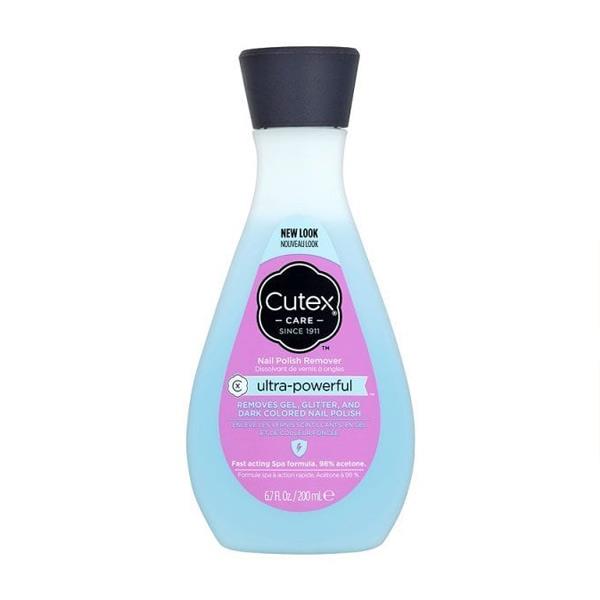 Is Nail Polish Remover Acetone-Based? How to Read Labels Correctly
Is Nail Polish Remover Acetone-Based? How to Read Labels Correctly
Determining whether your nail polish remover is acetone-based requires careful label reading. Here’s how to interpret the information on product packaging:
Step 1: Examine the Ingredient List
The ingredient list is your primary source of information. Look for “acetone” as a listed ingredient. If it’s present, the remover is acetone-based.
Step 2: Identify Alternative Solvents
If acetone is absent, check for other solvents like ethyl acetate, isopropyl alcohol, or propylene carbonate, indicating a non-acetone formula.
Step 3: Look for “Non-Acetone” Claims
Many products clearly state “non-acetone” on the front label, making it easier to identify acetone-free removers.
Step 4: Check for Additional Benefits
Some labels highlight added benefits, such as moisturizing agents or eco-friendly properties, which are often found in non-acetone removers.
Step 5: Verify Certifications
Certifications like “cruelty-free” or “organic” can also indicate a safer, non-acetone formula. However, always confirm by reading the ingredient list.
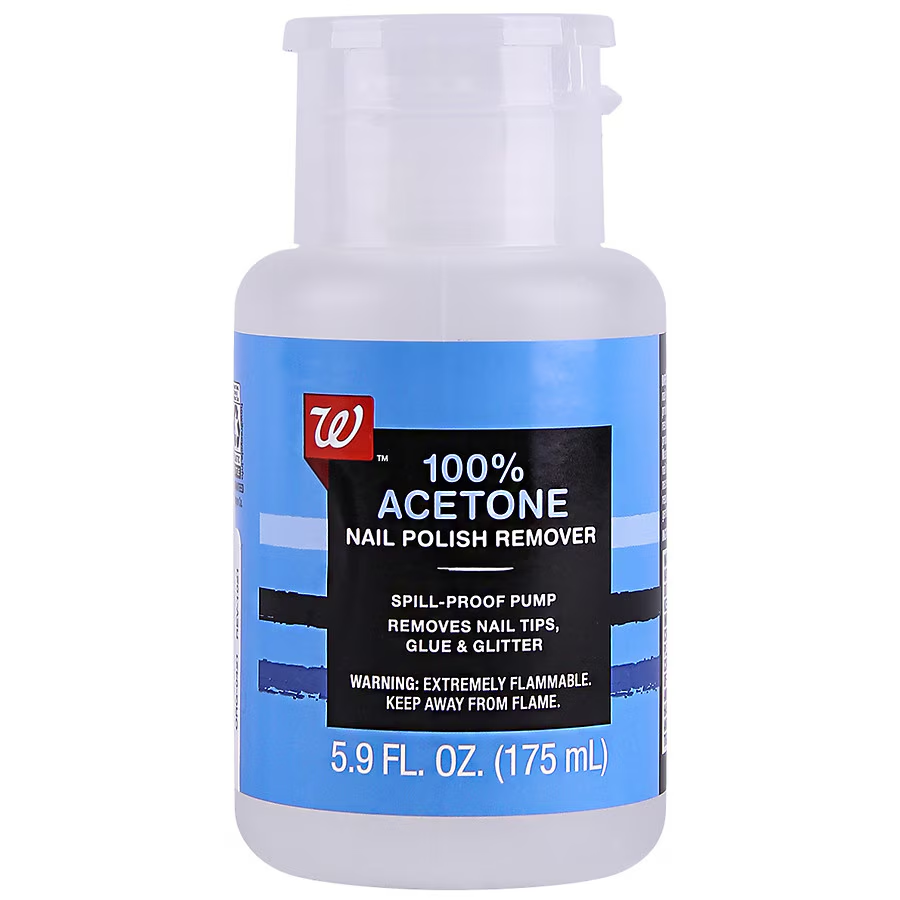 Choosing the Right Nail Polish Remover for Your Needs
Choosing the Right Nail Polish Remover for Your Needs
With various options available, selecting the best nail polish remover involves considering your specific requirements. Here are some factors to guide your decision:
Nail Health
If your nails are prone to dryness or brittleness, opt for non-acetone removers with added moisturizers to protect and nourish your nails.
Type of Nail Polish
Certain nail polishes, especially glitter or thick formulas, may require the stronger dissolving power of acetone-based removers for effective removal.
Skin Sensitivity
For those with sensitive skin, non-acetone removers are preferable as they are less likely to cause irritation or allergic reactions.
Environmental Impact
If you are environmentally conscious, look for acetone-free removers that use eco-friendly ingredients and packaging, reducing your environmental footprint.
Scent Preferences
Acetone has a strong, pungent odor that some may find unpleasant. Non-acetone removers typically have a milder scent, providing a more pleasant user experience.
Tips for Using Nail Polish Remover Safely and Effectively
To maximize the benefits of your nail polish remover while minimizing potential drawbacks, follow these practical tips:
Use in a Well-Ventilated Area
The fumes from nail polish removers, especially acetone-based ones, can be strong. Ensure you use them in a well-ventilated space to avoid inhaling excessive fumes.
Apply Gently
Avoid aggressive rubbing, which can damage your nails and surrounding skin. Instead, apply the remover-soaked cotton gently and let it sit for a few seconds before wiping.
Moisturize Afterwards
Regardless of the remover type, applying a good moisturizer after use helps maintain nail and skin health by replenishing lost moisture.
Store Properly
Keep your nail polish removers in a cool, dry place away from direct sunlight to preserve their effectiveness and prevent evaporation.
Avoid Excessive Use
Using nail polish remover too frequently can weaken your nails. Limit removals and give your nails time to breathe and recover between applications.
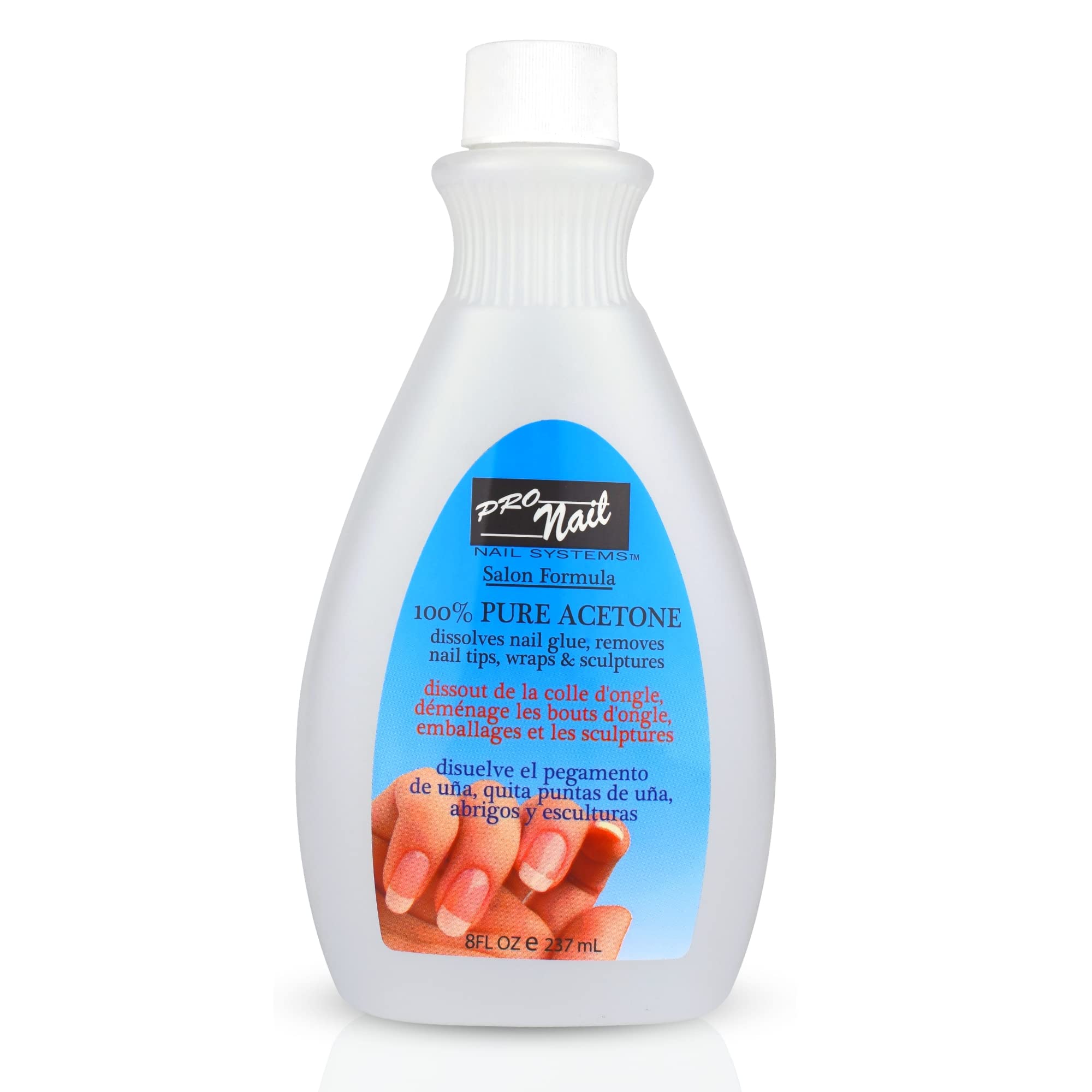 The Environmental Impact of Nail Polish Removers
The Environmental Impact of Nail Polish Removers
Beyond personal health, the environmental effects of nail polish removers are worth considering. Here’s how different formulas impact the environment and what you can do to choose more eco-friendly options.
Acetone’s Environmental Footprint
Acetone is a volatile organic compound (VOC) that contributes to air pollution. Its production and disposal can have harmful effects on ecosystems and human health.
Non-Acetone Removers and Sustainability
Non-acetone removers often use less harmful solvents and may include biodegradable ingredients. Opting for these products reduces your environmental impact and supports sustainable practices.
Packaging Considerations
Choose removers packaged in recyclable or reusable containers to minimize waste. Some brands offer refillable options, further reducing environmental harm.
Supporting Green Brands
Supporting companies that prioritize eco-friendly formulations and sustainable practices encourages the industry to adopt more responsible methods.
Proper Disposal
Dispose of nail polish removers according to local regulations. Avoid pouring them down the drain or into the environment to prevent contamination.
Innovations in Nail Polish Remover Formulations
The nail care industry is continuously evolving, with innovations aimed at improving safety, effectiveness, and environmental friendliness. Let’s explore some recent advancements in nail polish remover formulations.
Water-Based Removers
Water-based removers are gaining popularity as non-toxic alternatives. They use water as the primary solvent, eliminating the need for harsh chemicals like acetone.
Biodegradable Ingredients
Manufacturers are incorporating biodegradable ingredients to create removers that break down naturally, reducing their environmental impact.
Enhanced Moisturizing Agents
New formulations include advanced moisturizing agents that not only remove nail polish effectively but also nourish and strengthen nails and skin.
Non-Flammable Solvents
Innovations are leading to the development of non-flammable solvents, making nail polish removers safer to use and store.
Eco-Friendly Packaging Solutions
Beyond the remover itself, companies are adopting eco-friendly packaging solutions, such as recycled materials and minimalistic designs, to support sustainability.
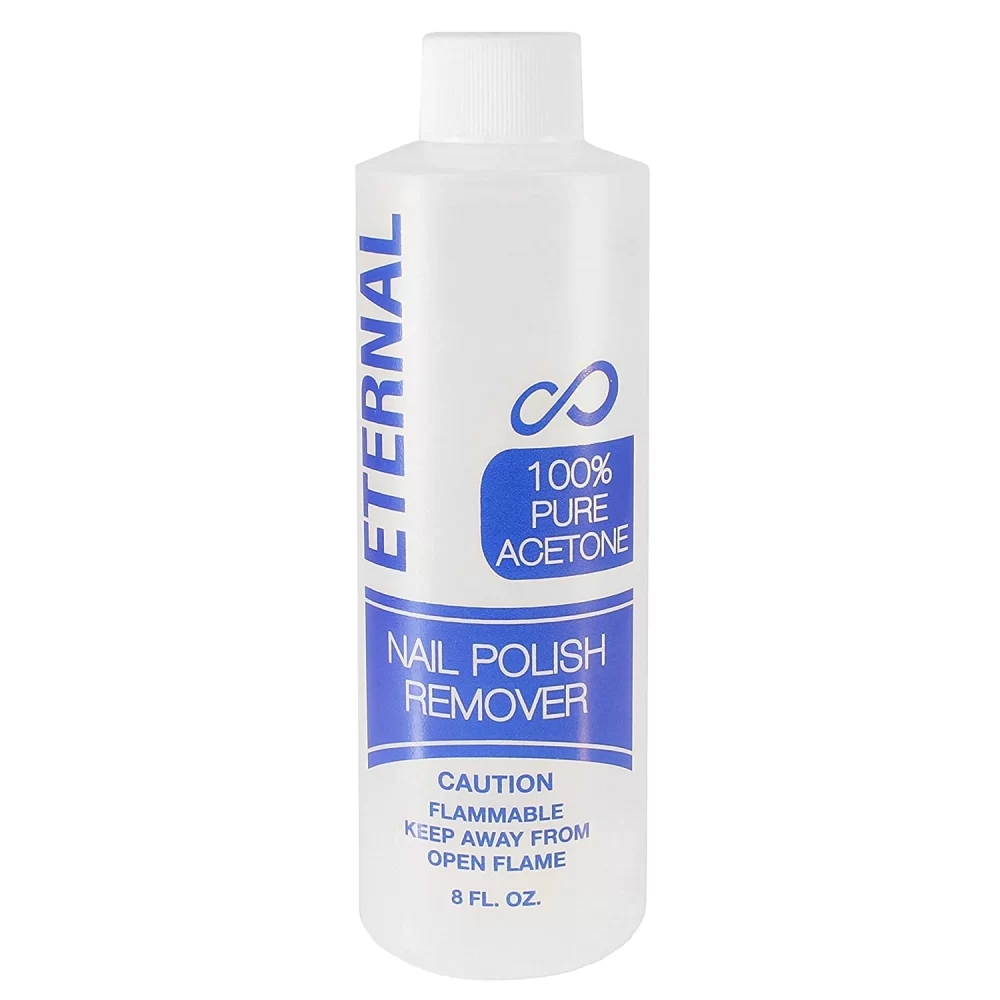 Conclusion
Conclusion
In conclusion, is nail polish remover acetone the right choice for you depends on your specific needs and preferences. Acetone-based removers offer quick and effective nail polish removal but can be harsh on nails and skin. On the other hand, non-acetone alternatives provide a gentler option, preserving nail health and reducing the risk of irritation. By understanding the differences, reading labels carefully, and considering your personal priorities, you can select the perfect nail polish remover formula that aligns with your lifestyle and ensures beautiful, healthy nails.

